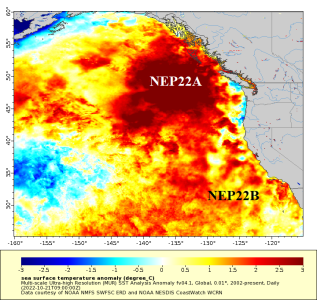12/30/2022, 11:48 am EST
During the next 2 weeks prohibitive precipitation amount is forecast across the West U.S. The Canadian Ensemble indicates large areas of >12 in. of liquid precipitation centered on northwest California and the Sierra Nevada Mountains. Conservative estimates range to >20- in. of water in favored areas of these two locations.
![Climate-Impact-Company-logo-sm[1]](https://climateimpactcompany.com/wp-content/uploads/2023/08/Climate-Impact-Company-logo-sm1.png)

